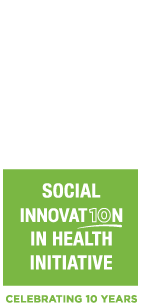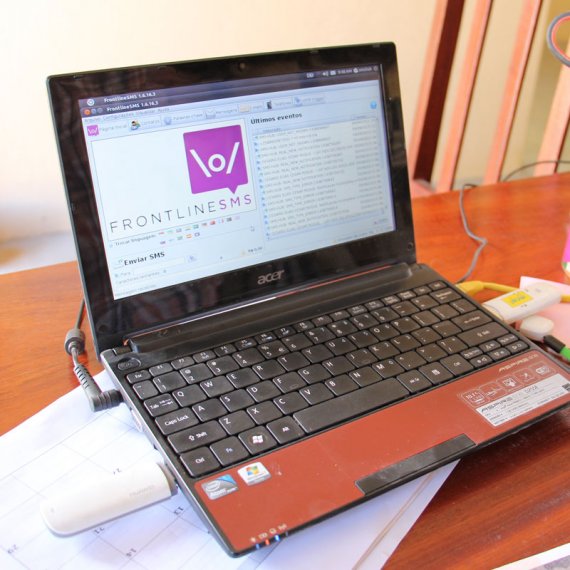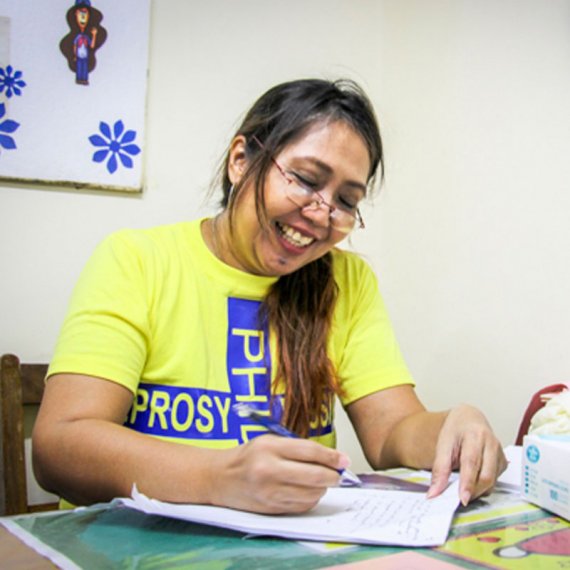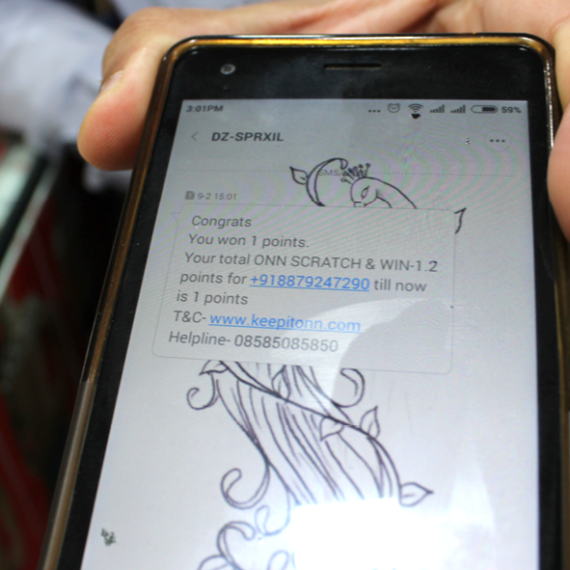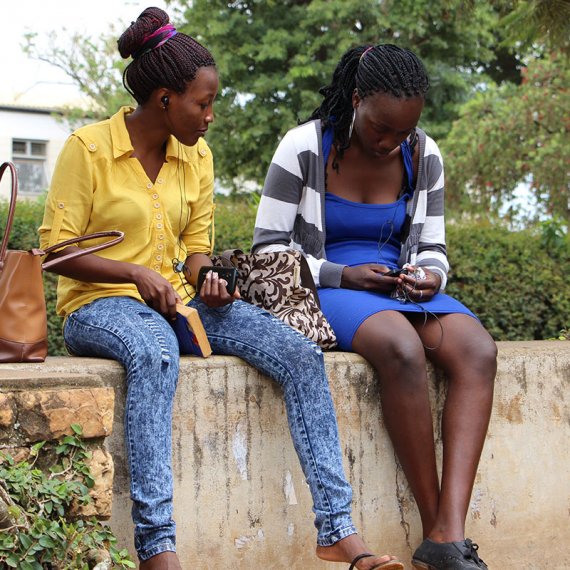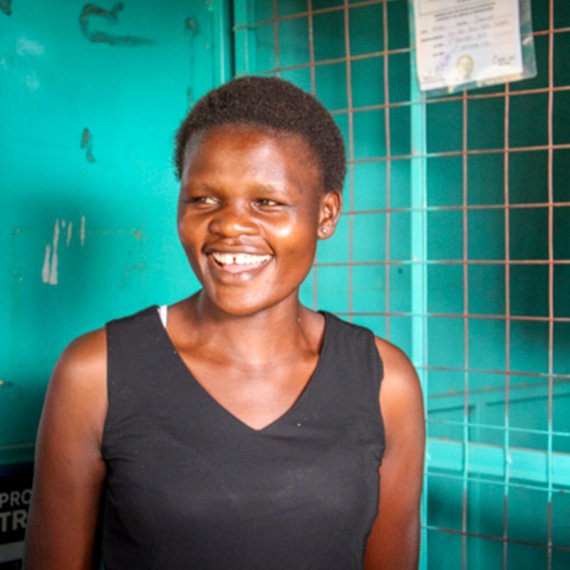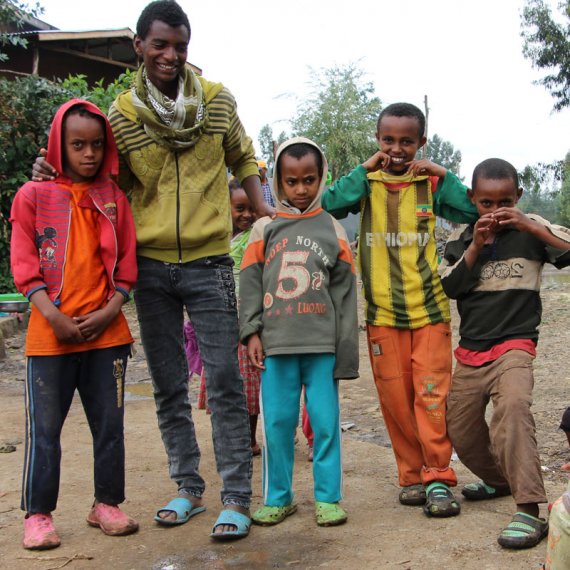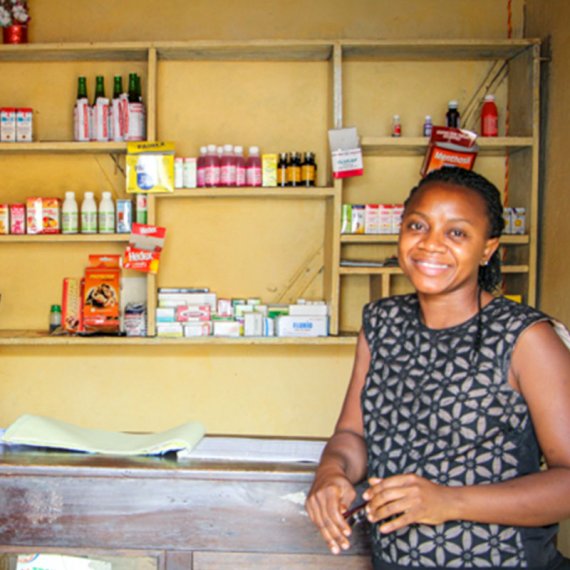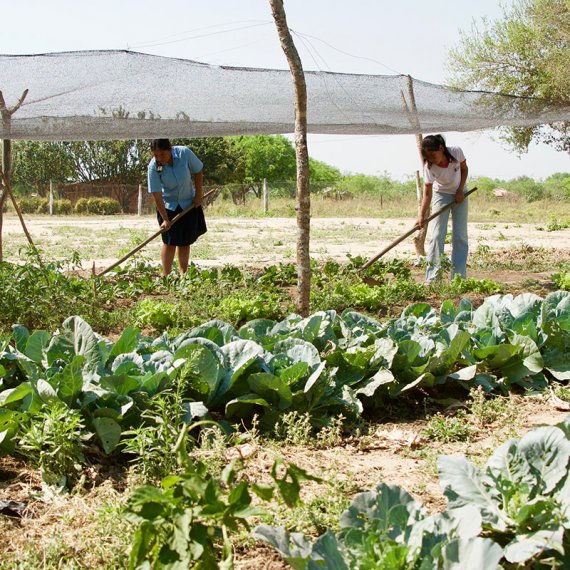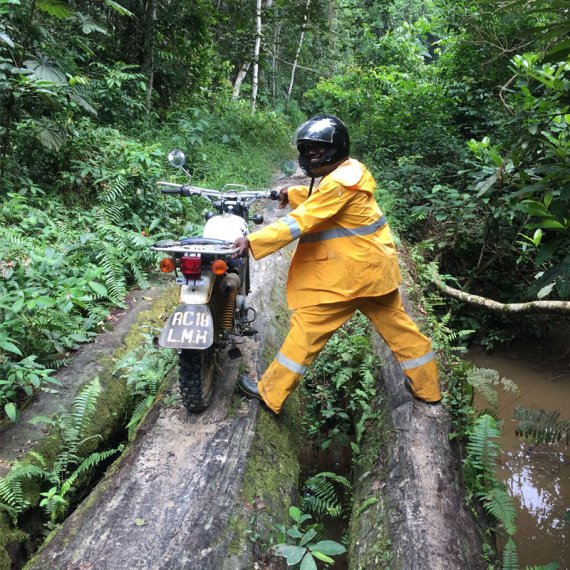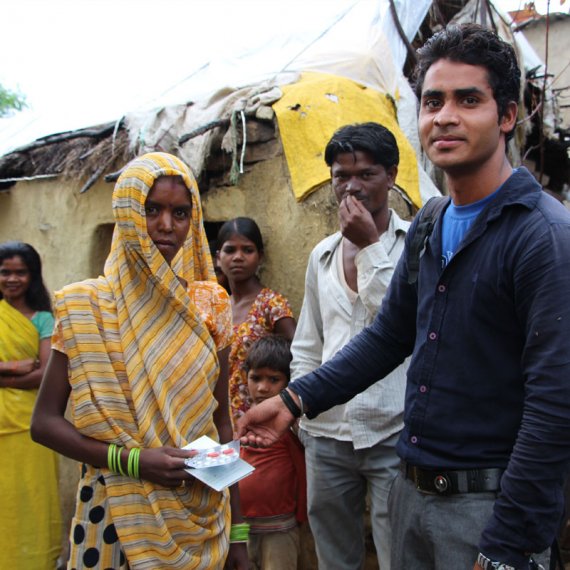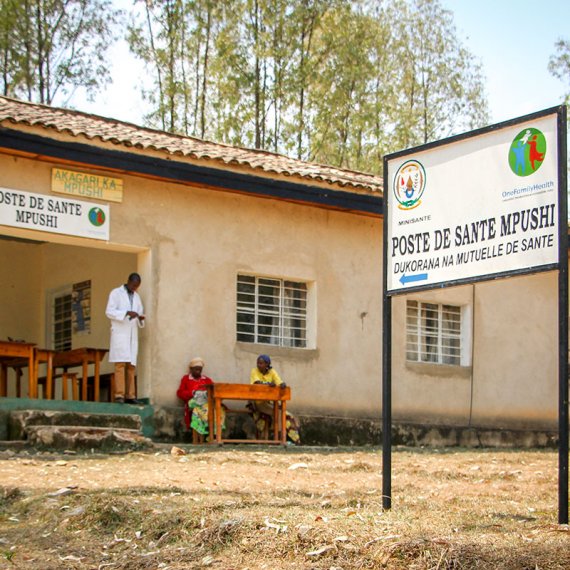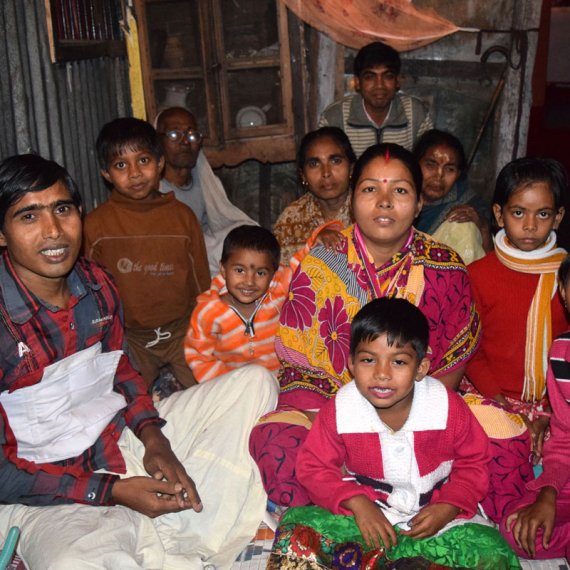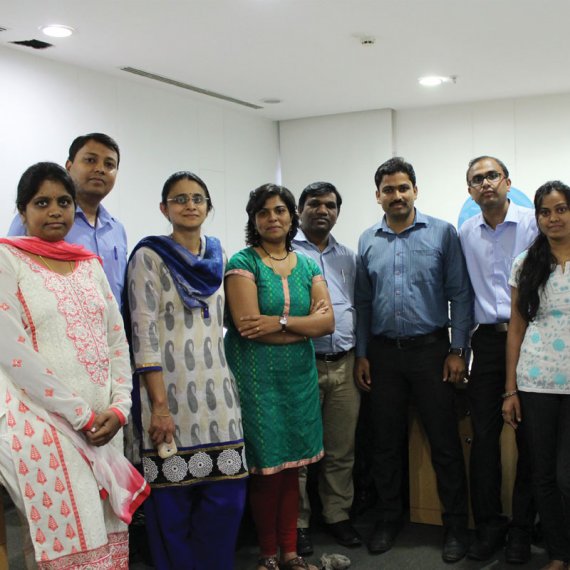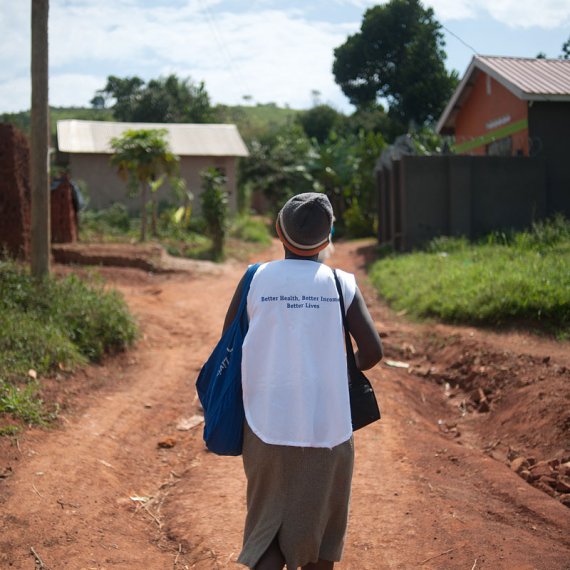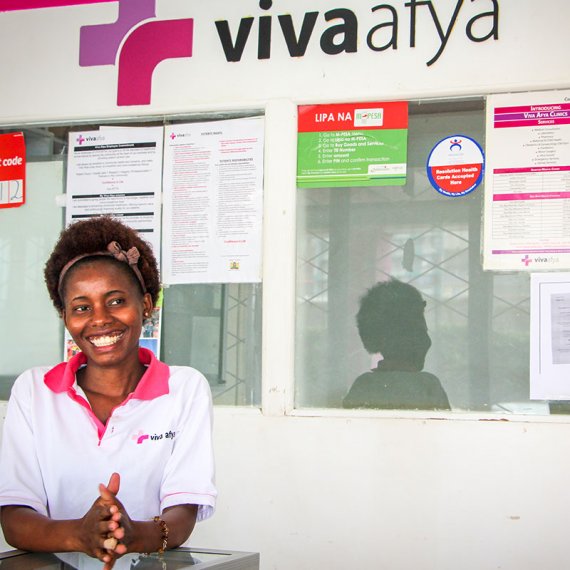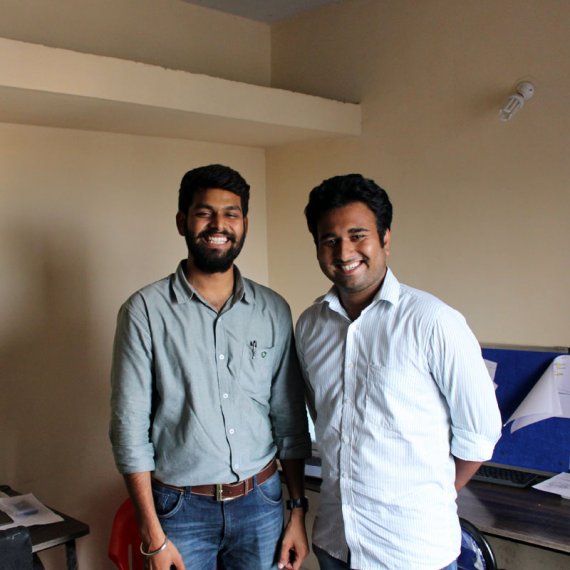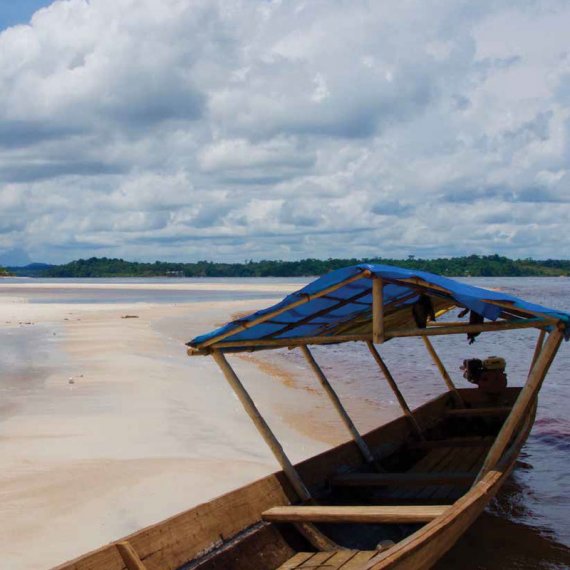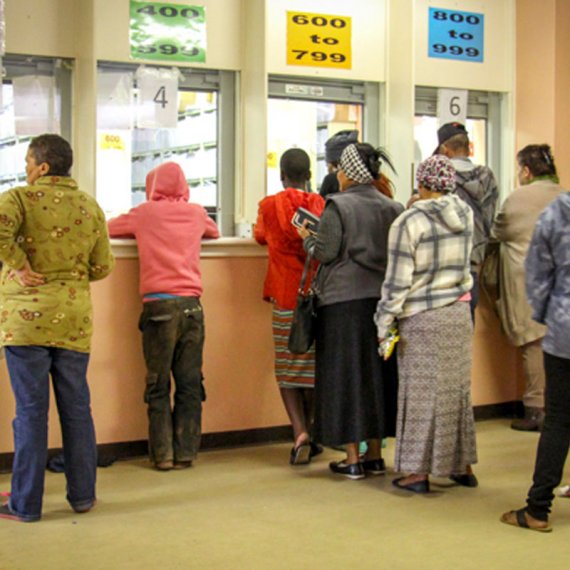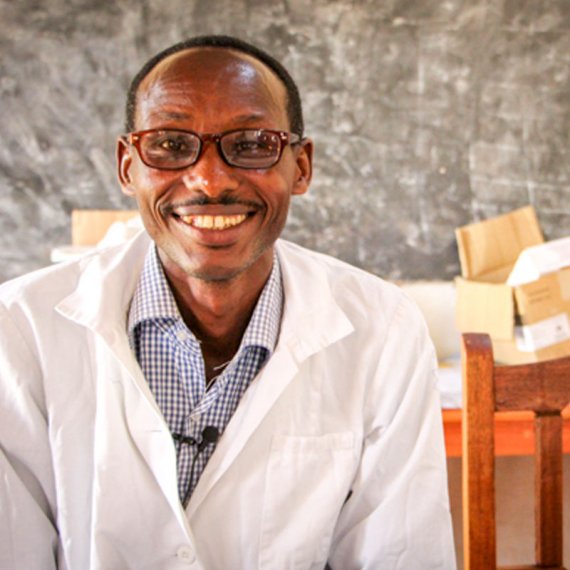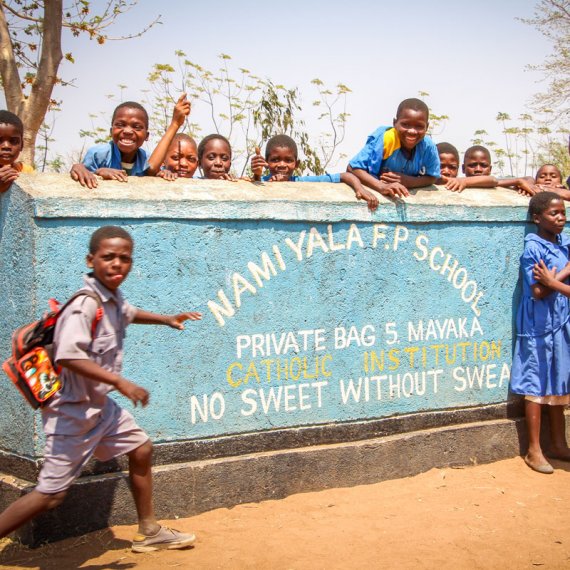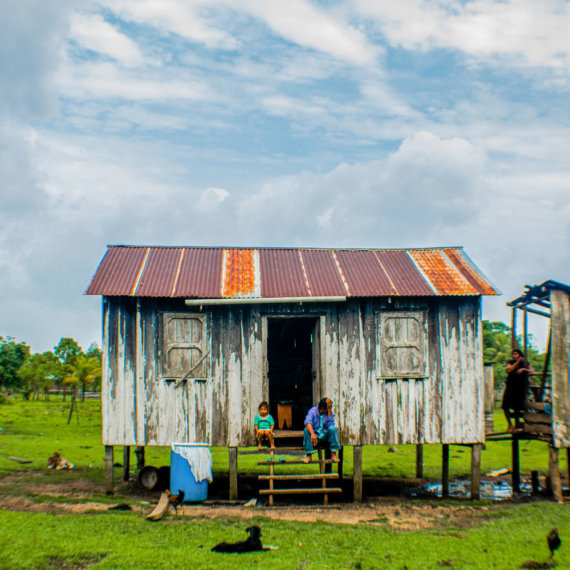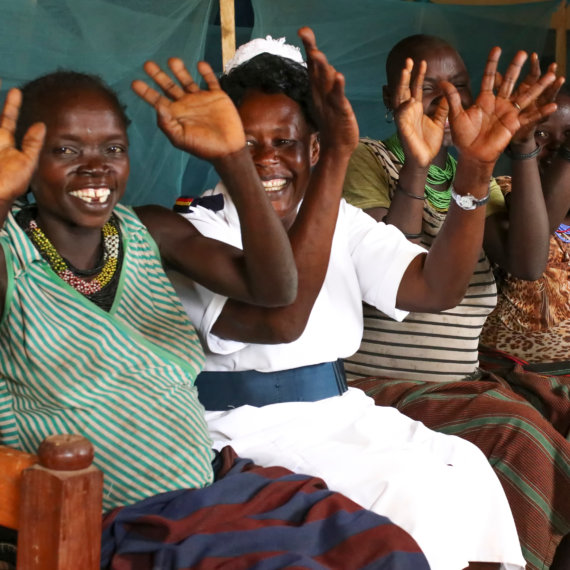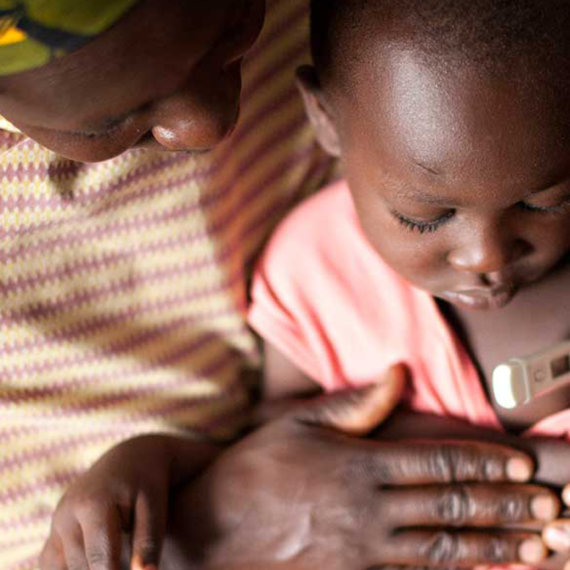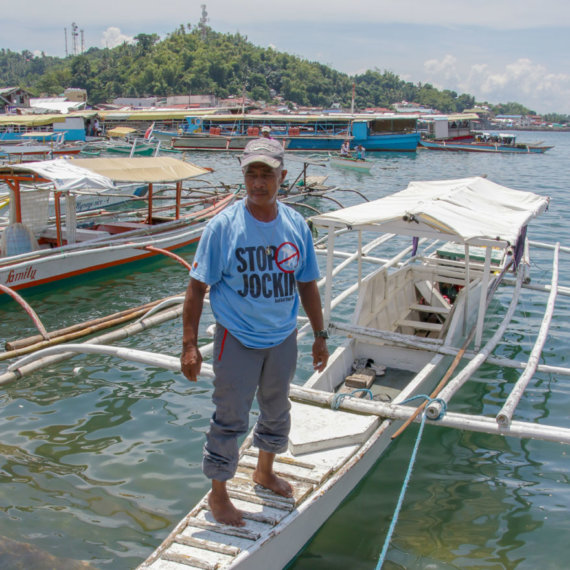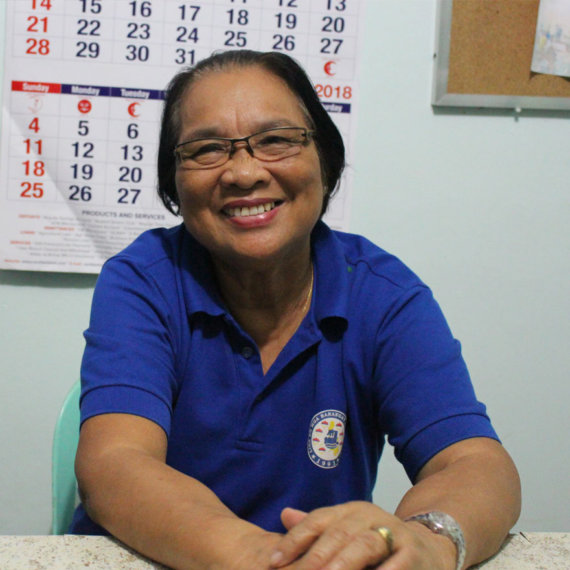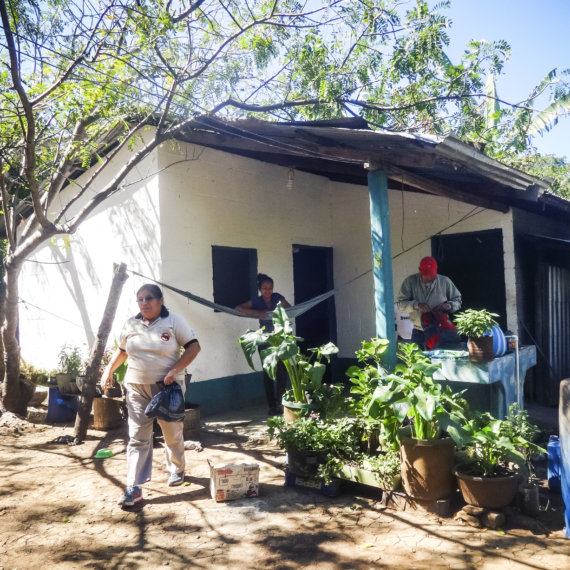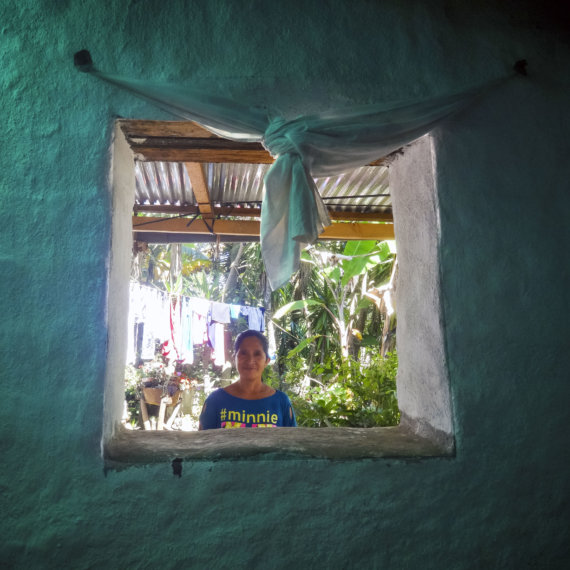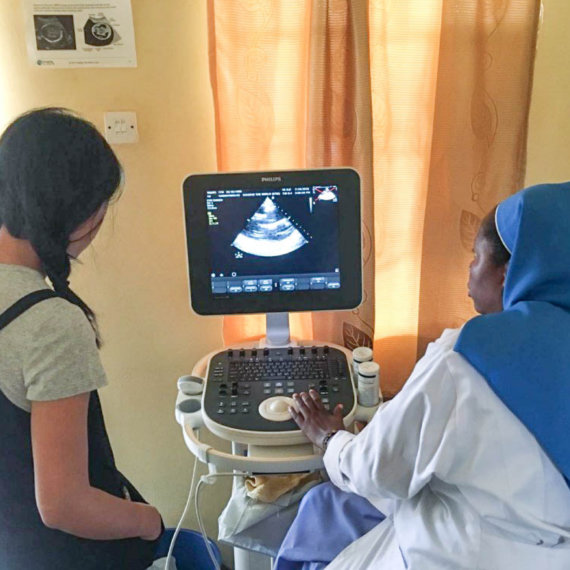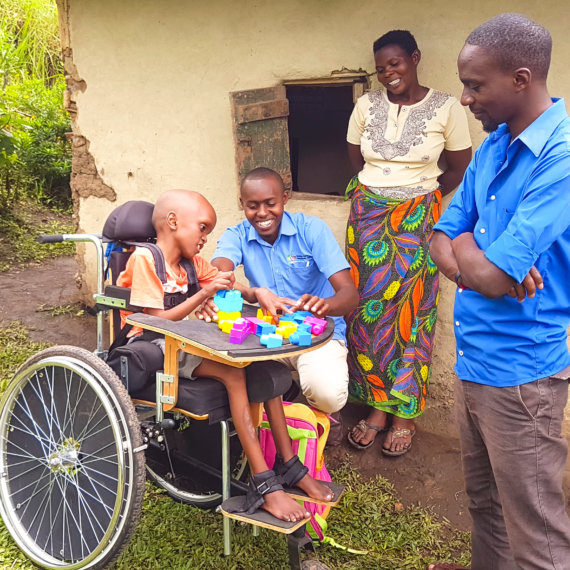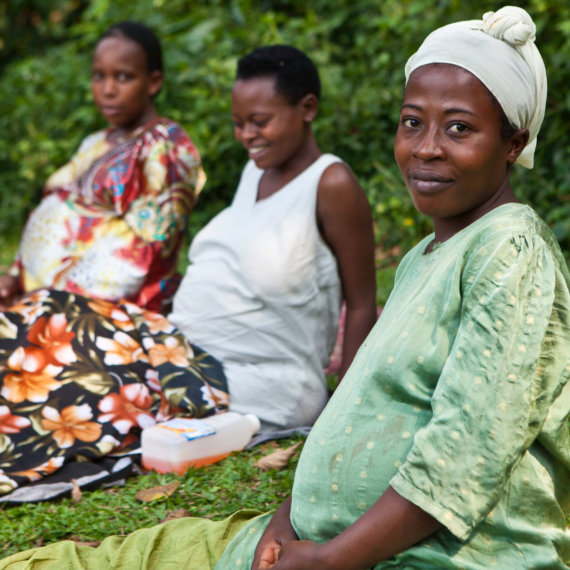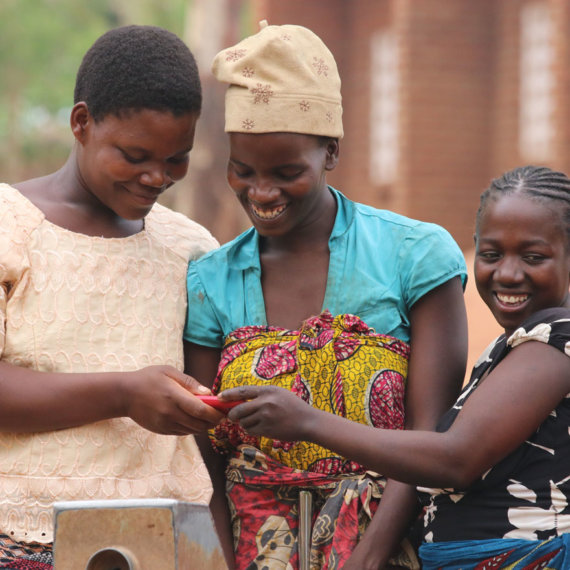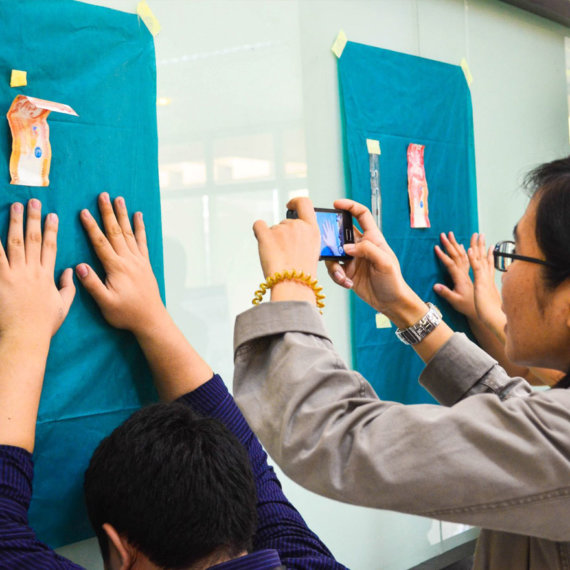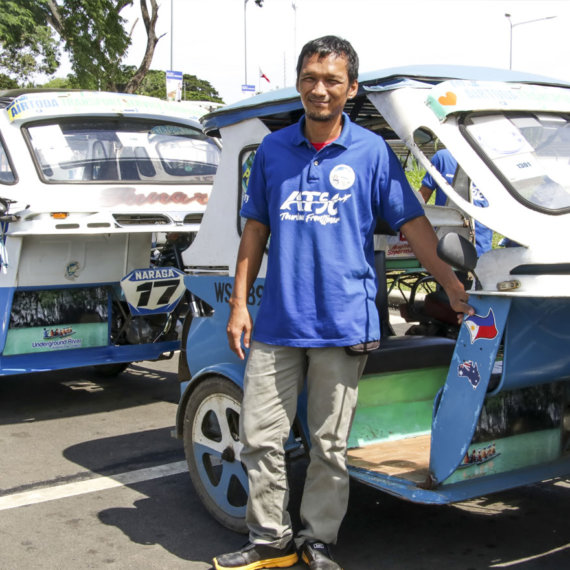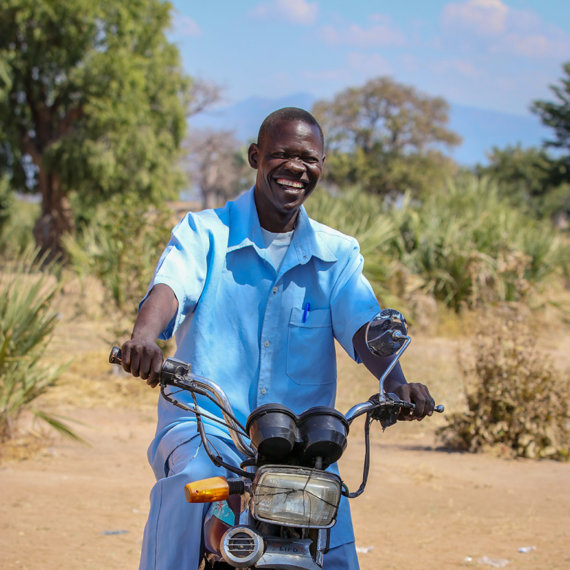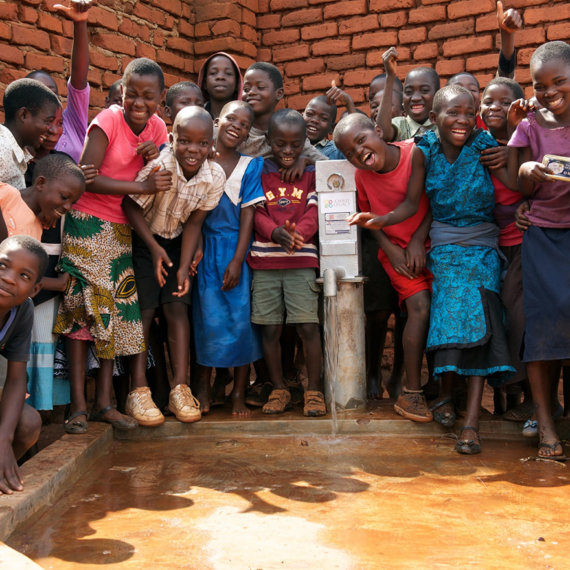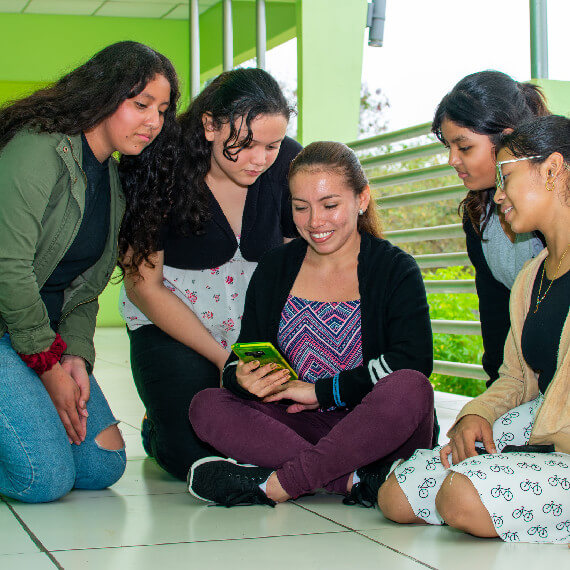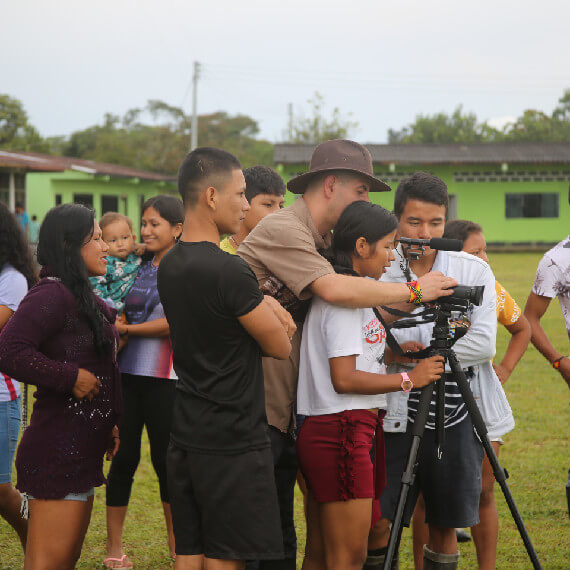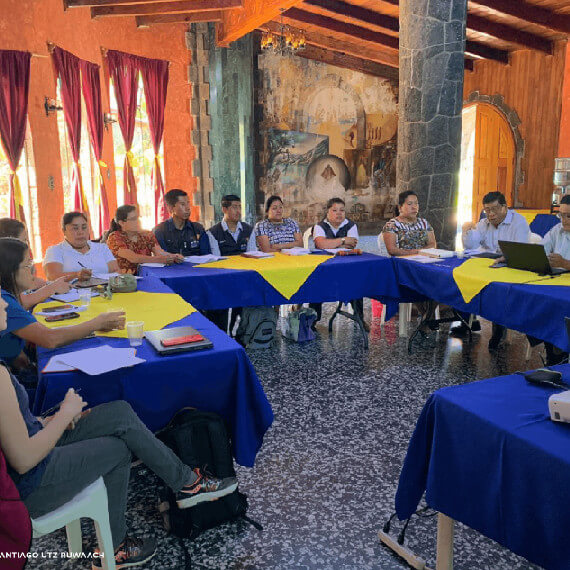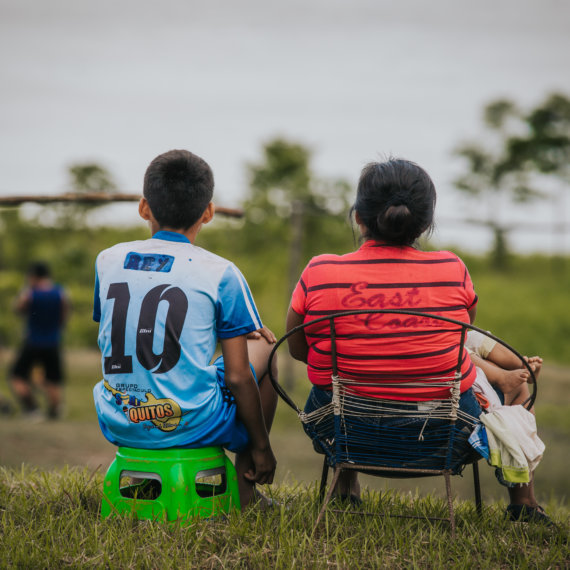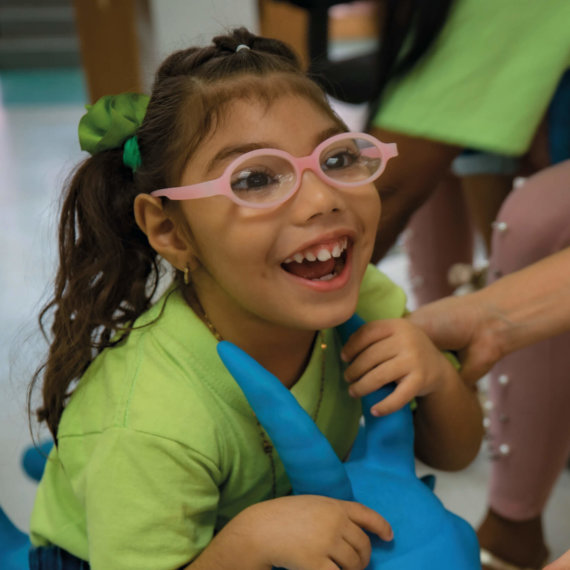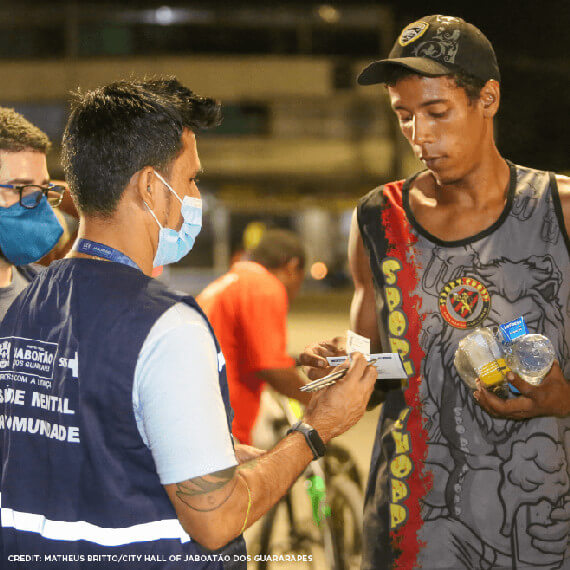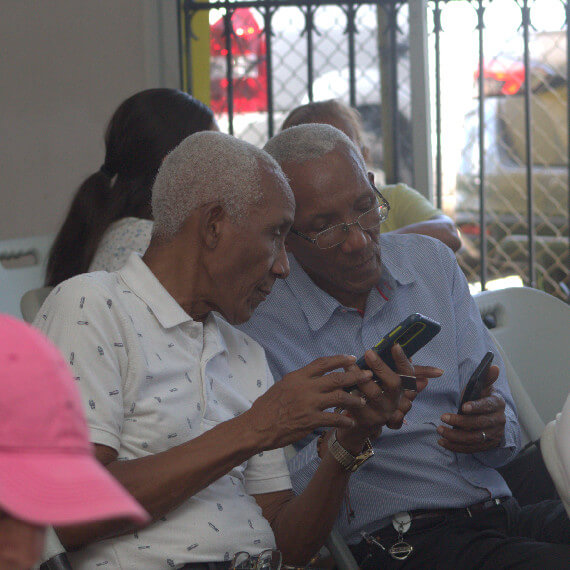RECOMMENDATIONS FOR THE CARE AND FOLLOW-UP OF THE PEDIATRIC PATIENT WITH PRENATAL EXPOSURE TO ZIKA VIRUS
This initiative responded to the problem of the neglect of births with congenital defects associated with the Zika virus.
CONTINENT
LATIN AMERICA
Country
COLOMBIA
Location
Barranquilla, Colombia
Founding year
2016
Organizational structure
Government Institution
Health focus
Maternal and Child Health
Actors Involved
Patients, Secretaries of Health, Ministry of Health, ONG’s, Private Sectors
Programme Focus
Service Delivery, Training/Education
Health System Function
Information, Human Resources for Health
CHALLENGE
The health problem to which this initiative responds is related to the effects of prenatal Zika virus infection on the child population. In Colombia, 356 cases of infants with microcephaly and other congenital defects (DC) of the central nervous system (CNS), associated with prenatal exposure to Zika, were confirmed; however, more than 18,000 children were exposed to the virus during their gestation.
The Zika virus epidemic between 2015 and 2016 In Colombia was the second largest in the Latin American Region, after Brazil. Due to the emerging nature of ZIKV and the lack of knowledge about the natural history of this disease, the follow-up of symptomatic pregnant women and infants with a history of exposure to the virus became a priority for the Colombian health system.
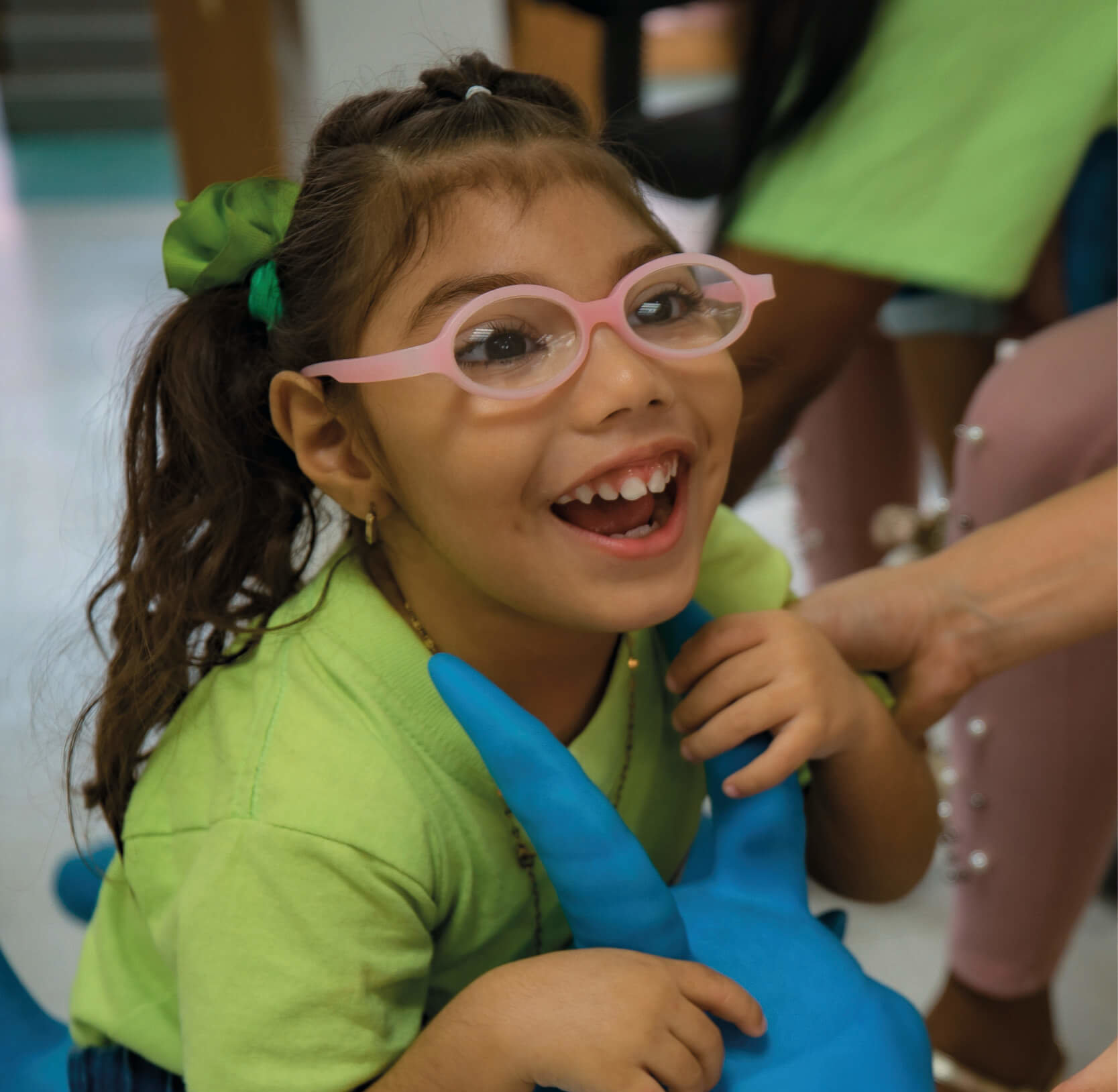
“Also by the hand of Dr. Marcela, thank God an angel fell on us, because that was an angel that Dr. Marcela fell on us, she also gave us her initiative to see what would help us… the foundation focuses on that, that people know that these children exist, that Zika exists, and that the disability is not a monster as I was told when I was going to have my child that he was a monster”
– Caterin Lineros, mother beneficiary of the project
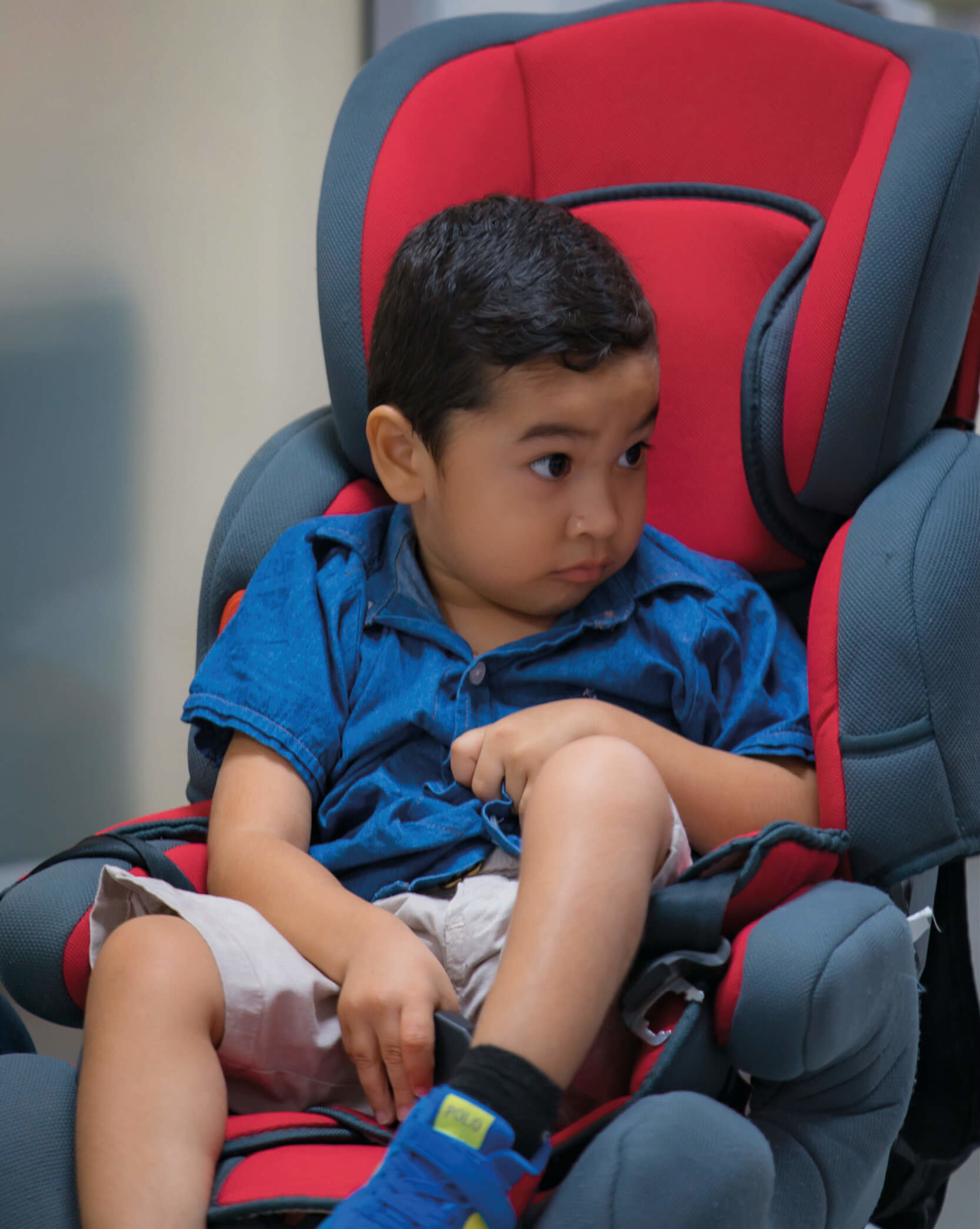
INTERVENTION
Recommendations for the care and follow-up of pediatric patients with prenatal exposure to Zika virus is an initiative led by the Maternal and Perinatal Health Research group of the National Institute of Health of Colombia, following the Zika epidemic between 2015 and 2016. It emerged from three stages:
1. Case analysis: surveillance of microcephaly and congenital defects of the central nervous system.
In this first stage, the suspicious or confirmed cases are notified to an epidemiological database (Sivigila), the data is collected, field work is developed and samples are processed for study of ZIKV. The final report is deliver to departmental health secretariats.
2. Surveillance of Pregnant Women with Zika “VEZ”
Pregnant women are monitored, as well as birth and breastfeeding.
3. Monitoring of infants with prenatal exposure to ZIKV by a multidisciplinary team: Multidisciplinary clinical assessment, child development assessment, specialized examinations and collection of neuroimaging and electroencephalographic studies are performed.
“Multidisciplinary follow-up allows a more comprehensive approach to the multiple conditions that result from CZS, identifying progress and the emergence of new comorbidities as the children grow. For example, showing the benefits of child development in deciding the time and type of school integration and the odontogenic problems that become more prevalent with the growth of children…”
– Marcela Daza, pediatrician, National Institute of Health
IMPACT
The two-year follow-up of the children’s cohort made it possible to develop recommendations for the care and follow-up of paediatric patients with prenatal exposure to the Zika virus, which subsequently became public policy in Resolution 5857 of 2018, benefiting the entire Colombian population that required such services, especially children with greater functional commitment generated by this disease.
The greatest impact demonstrated in this population is related to the improvement of essential functions such as quality of sleep, improvement of nutritional status, improvement of motor function and control of complicated epilepsy, among others. In addition, insurance companies are aware of the children who are affiliated with their system with this condition, so lists have been generated for the special attention of these infants as well as for obtaining medical appointments with specialists, rehabilitation therapies, medications, and access to surgeries such as gastrostomies.
This approach between families in the stages of the Project, allowed the formation of two foundations, one in the city of Neiva called “Fundación Milagros de Dios – Niños del Zika” and “Fundación Ángeles sobre Ruedas”, in Barranquilla.
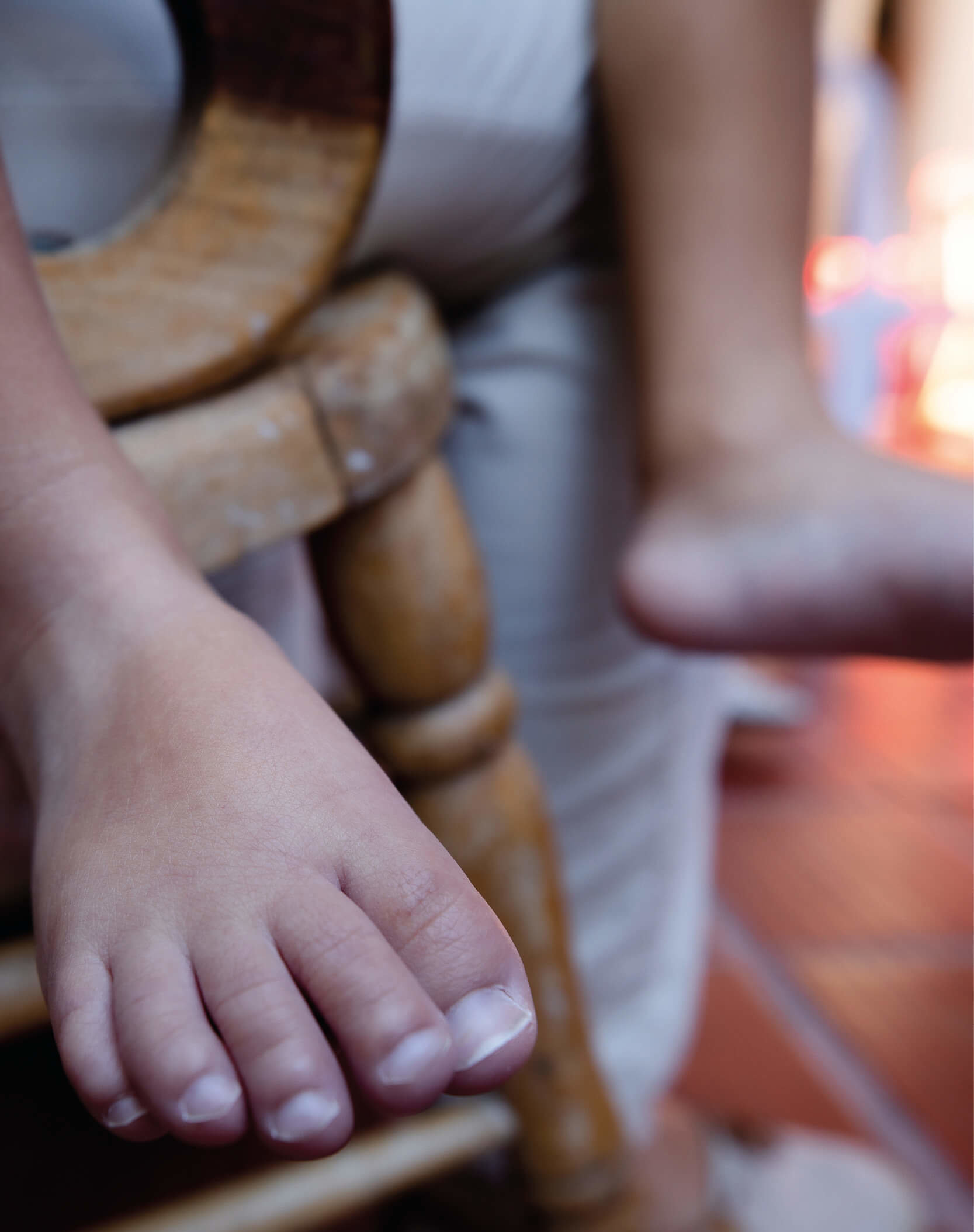
“.. .the therapies are fundamental, they’re important for my daughter, I’ve seen her progress a lot… you can see her improvement with the therapies… but let’s say they
take away the therapies, you start to see her decline…”
– Eleuris Villarreal , mother beneficiary of the project

CASE INSIGHTS
![]() Collaborative work between public and private institutions such as departmental and municipal health secretaries, the Colombian Red Cross, the Universidad del Norte, public and private hospitals in the participating cities, private companies, scientific societies and the Centers for Disease Control and Prevention in Atlanta was fundamental in monitoring the affected population.
Collaborative work between public and private institutions such as departmental and municipal health secretaries, the Colombian Red Cross, the Universidad del Norte, public and private hospitals in the participating cities, private companies, scientific societies and the Centers for Disease Control and Prevention in Atlanta was fundamental in monitoring the affected population.
![]() Institutionality was really important to be able to manage public policies related to this disease.
Institutionality was really important to be able to manage public policies related to this disease.
![]() The dialogue of professionals from different areas allowed us to obtain fundamental contributions in the construction of recommendations for the integral approach of these patients. As well as the participation of the community, since an effective dialogue was generated to understand their needs, problems and from there, the construction of recommendations according to their true realities.
The dialogue of professionals from different areas allowed us to obtain fundamental contributions in the construction of recommendations for the integral approach of these patients. As well as the participation of the community, since an effective dialogue was generated to understand their needs, problems and from there, the construction of recommendations according to their true realities.
![]() Beyond health, it is important to integrate other sectors such as education and to understand that the solution proposed is dynamic since children develop different manifestations and complications throughout their lives.
Beyond health, it is important to integrate other sectors such as education and to understand that the solution proposed is dynamic since children develop different manifestations and complications throughout their lives.
EVIDENCE ABOUT THE INNOVATION
Title: Neurodevelopmental findings in children 20-30 months of age with postnatal Zika infection at 1-12 months of age, Colombia, September-November 2017
Authors: Pacheco, O. et al.
Journal: Paediatric and Perinatal Epidemiology
Year: 2020
Title: Etiology of Microcephaly and Central Nervous System Defects during the Zika Epidemic in Colombia
Authors: Galang, R. et al.
Journal: Journal of Paediatrics
Year: 2020
